What Is A Rear End Collision?
Rear-end collisions are among the most common types of car accidents, often leading to significant injuries, property damage, and legal complications. In Ontario, these incidents are frequently associated with charges of careless driving under the Highway Traffic Act, making it crucial for drivers to understand the causes, consequences, and preventive measures associated with rear-end collisions. Whether you have been rear-ended or have rear-ended another vehicle, knowing what steps to take immediately after the accident can significantly impact your legal and financial outcomes.
This comprehensive guide will delve into the various aspects of rear-end collisions, from understanding what constitutes such an accident to the immediate actions required and the long-term implications. We will explore the common causes of rear-end collisions, such as distracted driving and tailgating, and provide practical advice on how to prevent these accidents. Additionally, we will discuss the legal ramifications, including determining fault and potential penalties, as well as the role of insurance in covering damages and medical expenses. By the end of this article, you will have a thorough understanding of rear-end collisions and how Traffic Paralegal Services can assist you in navigating the complexities following such an accident.
What Causes Most Rear End Collisions?
Rear-end collisions can occur for a variety of reasons, often stemming from driver behavior and road conditions. Understanding these causes is key to preventing rear end accidents. The primary causes include:
- Distracted Driving: Distracted driving is one of the leading causes of rear-end collisions. When drivers divert their attention from the road to activities such as using their phones, adjusting the GPS, or interacting with passengers, they may fail to notice the car in front of them slowing down or stopping. Even a momentary inattention can lead to a serious accident.
- Tailgating: Following too closely behind another vehicle, known as tailgating, significantly reduces the time and distance a driver has to react if the vehicle in front suddenly brakes. Maintaining a safe following distance is crucial to allow enough time to stop and avoid a collision.
- Speeding: Driving at high speeds reduces the time a driver has to react to sudden changes in traffic conditions. Higher speeds also increase the stopping distance required to come to a complete stop. If the driver in front brakes suddenly, a speeding driver may not have enough time to avoid a collision.
- Weather Conditions: Adverse weather conditions such as rain, snow, and ice can make roads slippery and reduce visibility, increasing the likelihood of rear-end collisions. Slippery roads can lead to longer stopping distances, making it difficult for drivers to stop in time when the vehicle in front slows down or stops.
- Sudden Stops: Sometimes, the vehicle in front may need to stop suddenly due to unexpected traffic conditions, obstacles on the road, or animals crossing. When the following driver is not prepared for such sudden stops, a rear-end collision can occur. It is essential for drivers to remain vigilant and anticipate possible sudden stops to prevent accidents.
- If you’re wondering, “I just rear ended someone, what do I do?”, it is crucial to remain calm and follow the necessary legal and insurance procedures. Checking for injuries, exchanging information, and reporting the accident are key steps to handling the situation properly.
What to Do Immediately After a Collision
Steps to Take If You Are Rear-Ended
If you are rear-ended, it is crucial to take the following steps to ensure safety and proper documentation:
- Stay Calm and Check for Injuries: Ensure that you and your passengers are safe. If there are any injuries, call an ambulance immediately.
- Move to a Safe Location: If safe to do so, move your vehicle to a safe location to prevent further accidents.
- Call the Police: Reporting the accident to the police is essential, especially if there are injuries or significant damage to the vehicles. The police will document the incident and provide an official report, which can be important for insurance and legal purposes. Remember, everyone involved in the accident has the right against self-incrimination and the right to remain silent. You are not required to admit fault or provide statements that may be used against you later.
- Exchange Information: Obtain the other driver’s contact and insurance information.
- Document the Scene: Take photos of the accident scene, vehicle damage, and any relevant road conditions.
- Seek Medical Attention: Even if you feel fine, some injuries may not be immediately apparent. It’s important to get a medical check-up.
Actions to Follow If You Rear-End Someone
If you rear-end another vehicle, follow these steps:
- Check for Injuries: Ensure that everyone involved is safe. Call for medical help if needed.
- Move Vehicles to Safety: If the vehicles are operational, move them to a safe location away from traffic.
- Notify the Police: Reporting the accident to the police is essential, especially if there are injuries or significant damage to the vehicles. The police will document the incident and provide an official report, which can be important for insurance and legal purposes. Remember, everyone involved in the accident has the right against self-incrimination and the right to remain silent. You are not required to admit fault or provide statements that may be used against you later.
- Exchange Information: Provide your contact and insurance details to the other driver and collect theirs.
- Document Everything: Take photos of the scene, damages, and any contributing factors.
- Contact Your Insurance Company: Report the accident to your insurer as soon as possible.
Legal Implications of Rear-End Collisions
Determining Fault in Rear-End Accidents
In most cases, the driver who hits another vehicle from behind (rear end) is considered at fault, as drivers are expected to maintain a safe distance from the vehicle in front of them. However, there are exceptions, such as when the front driver makes a sudden and unexpected stop without a valid reason.
Potential Legal Consequences for the At-Fault Driver
The at-fault driver in a rear-end collision may face several legal consequences, including:
- Traffic Tickets: The driver may be charged with careless driving, which can result in fines, demerit points, and increased insurance premiums.
- Civil Liability: The at-fault driver may be held liable for damages and injuries sustained by the other party.
- Increased Insurance Rates: Insurance companies may raise premiums for drivers found at fault in an accident.
- Potential Lawsuits: In severe cases, the injured party may file a lawsuit seeking compensation for medical expenses, lost wages, and pain and suffering.
How to Prevent Rear-End Collisions
Preventing rear-end collisions involves practicing safe driving habits. Here are some tips:
- Maintain a Safe Following Distance: Ensure you have enough space to stop if the vehicle in front brakes suddenly.
- Stay Focused on the Road: Avoid distractions such as mobile phones, eating, or adjusting the radio while driving.
- Drive at Safe Speeds: Adhere to speed limits and adjust your speed according to road and traffic conditions.
- Use Signals Appropriately: Signal well in advance when you intend to turn or change lanes.
- Stay Alert in Adverse Weather: Drive cautiously in poor weather conditions and increase your following distance.
Insurance and Rear-End Accidents
Insurance plays a crucial role in covering damages and injuries resulting from rear-end accidents. If you are involved in such a collision, your insurance policy can help cover:
- Vehicle Repairs: Insurance can cover the cost of repairing your vehicle or the other driver’s vehicle.
- Medical Expenses: Insurance may cover medical bills for injuries sustained in the accident.
- Liability Coverage: This helps cover costs if you are found legally responsible for the accident.
- Uninsured Motorist Coverage: If the other driver is uninsured, this coverage can help cover your expenses.
Recovery and Compensation After Rear-End Accidents
Recovering from a rear-end accident involves both physical and financial aspects. Here are some steps to consider:
- Seek Medical Treatment: Follow through with all medical treatments and therapies to ensure a full recovery.
- Document Expenses: Keep records of all expenses related to the accident, including medical bills, vehicle repairs, and lost wages.
- Contact a Lawyer: Consult with a lawyer to understand your rights and options for compensation.
- File an Insurance Claim: Submit all necessary documentation to your insurance company to process your claim.
Get Help From An Experienced Paralegal at Traffic Paralegal Services
Navigating the aftermath of a rear-end collision can be complex and overwhelming, involving numerous legal and insurance-related challenges. At Traffic Paralegal Services, we are dedicated to helping you understand your legal rights and options. Our team of skilled paralegals possesses extensive experience in handling rear-end collision cases, ensuring you receive the compensation and justice you deserve. We meticulously review the details of your case, gather essential evidence, and advocate on your behalf in court. Our goal is to alleviate the stress associated with such incidents and provide you with the support needed to move forward. Contact us today for a comprehensive consultation, and let us help you navigate this challenging time with confidence and peace of mind. At Traffic Paralegal Services, your case is our priority, and we are committed to achieving the best possible outcome for you.


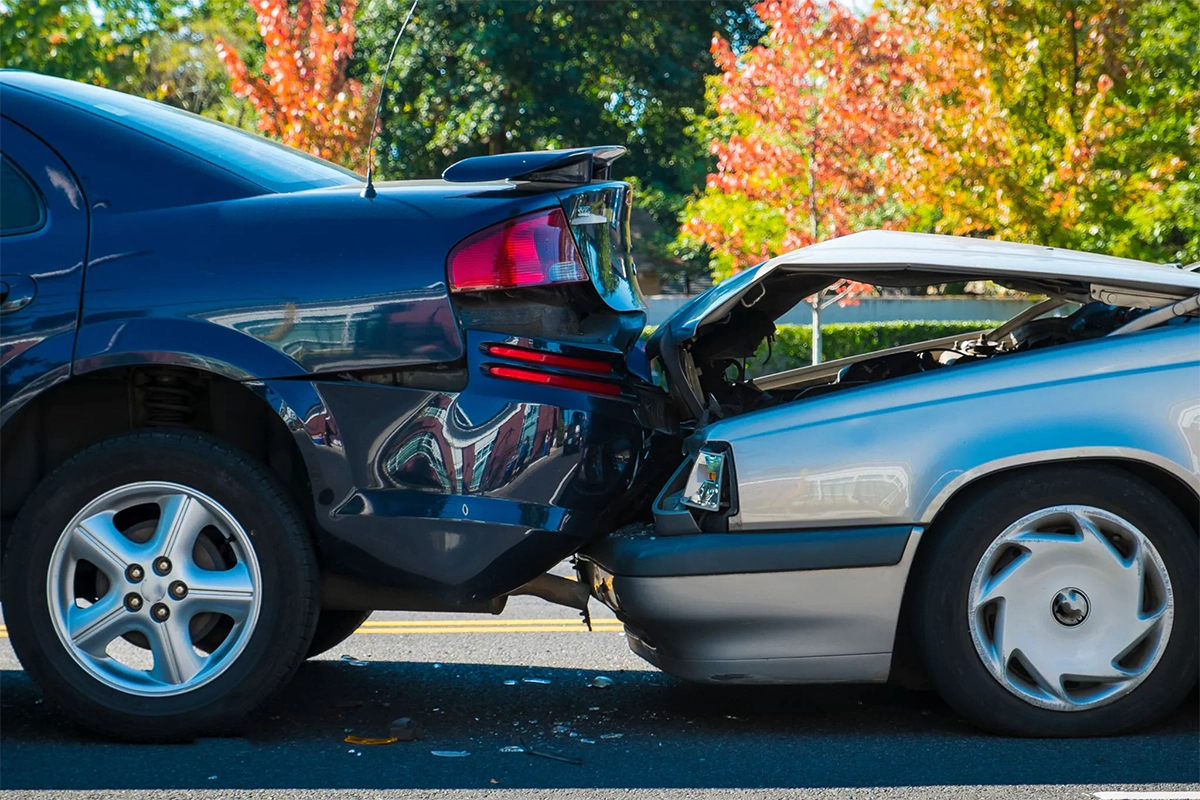
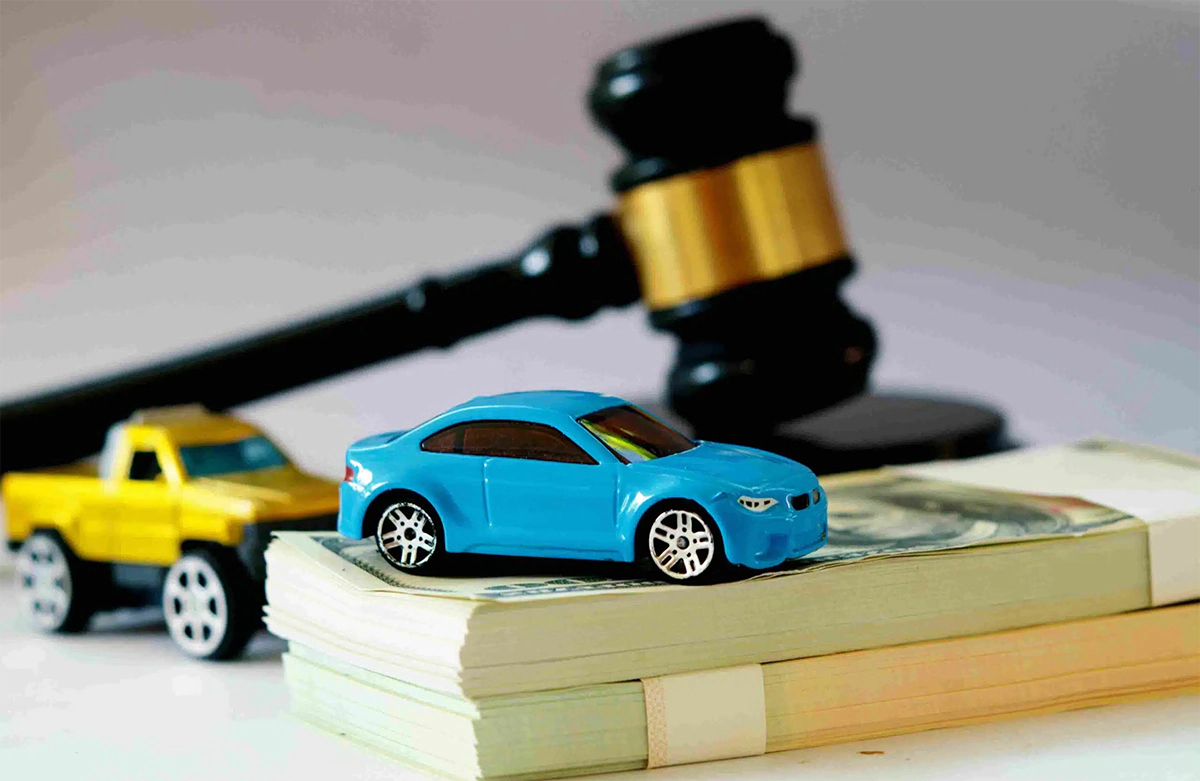
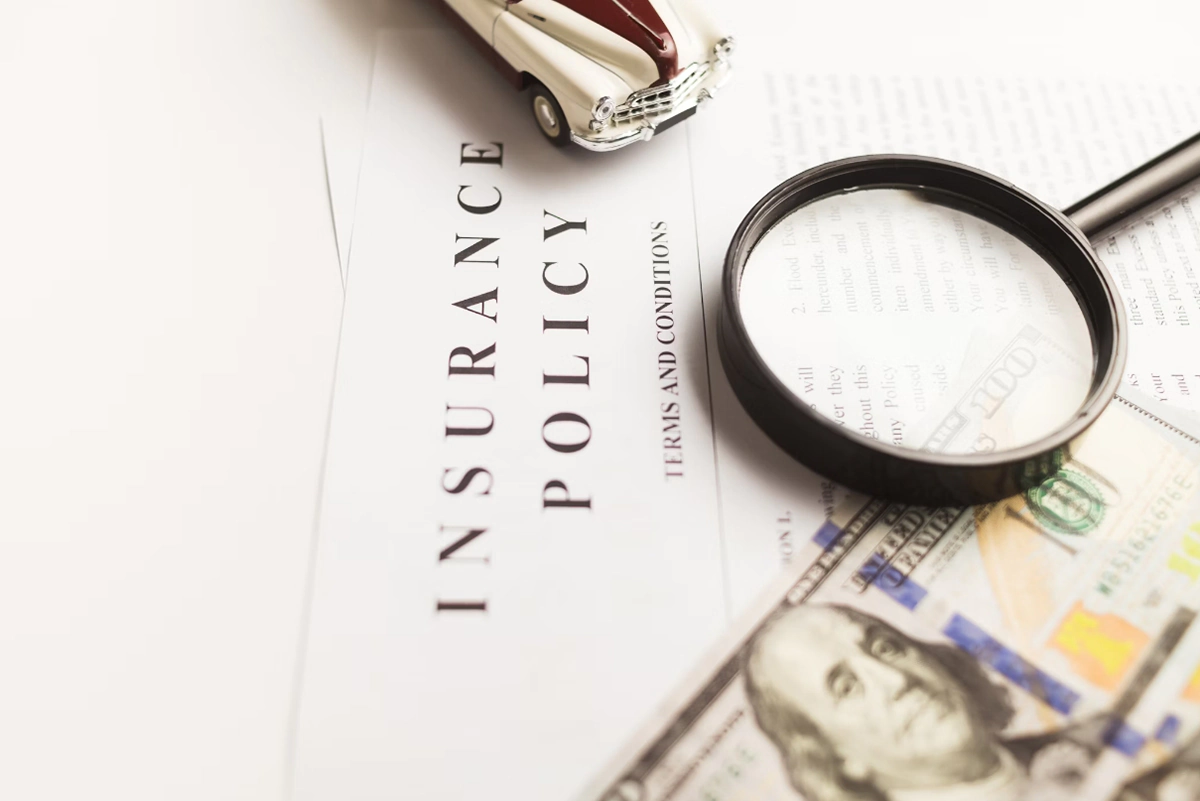
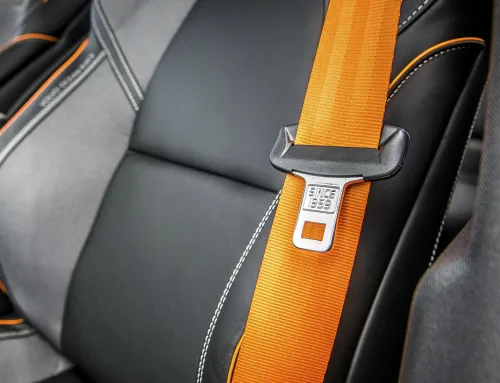
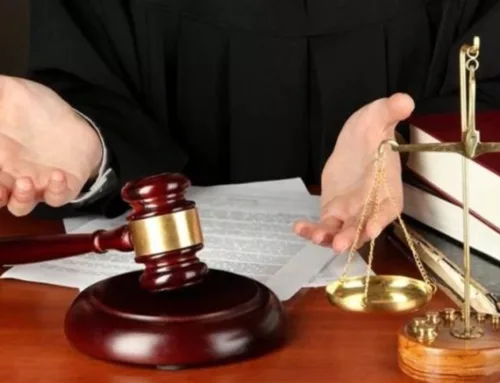
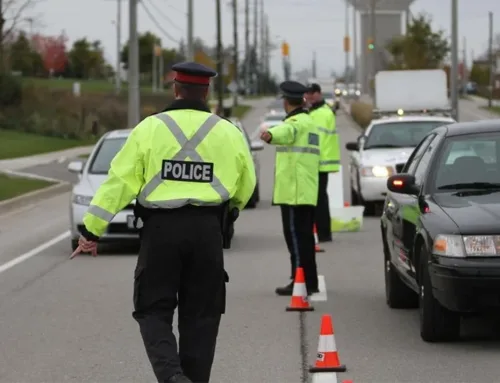

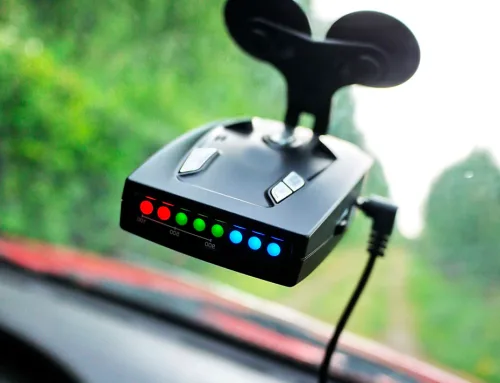
Leave A Comment
You must be logged in to post a comment.